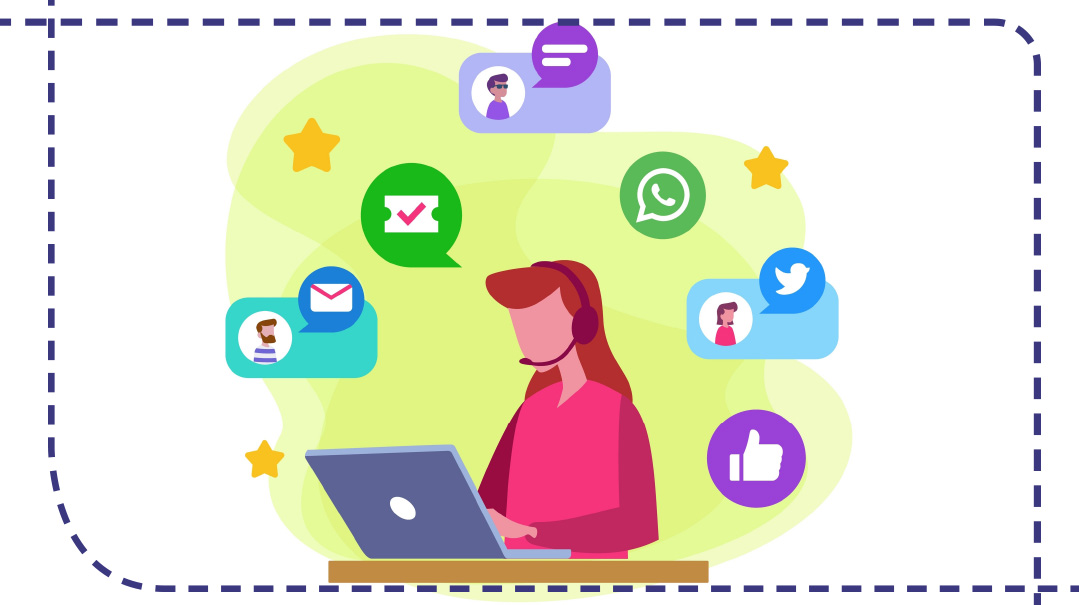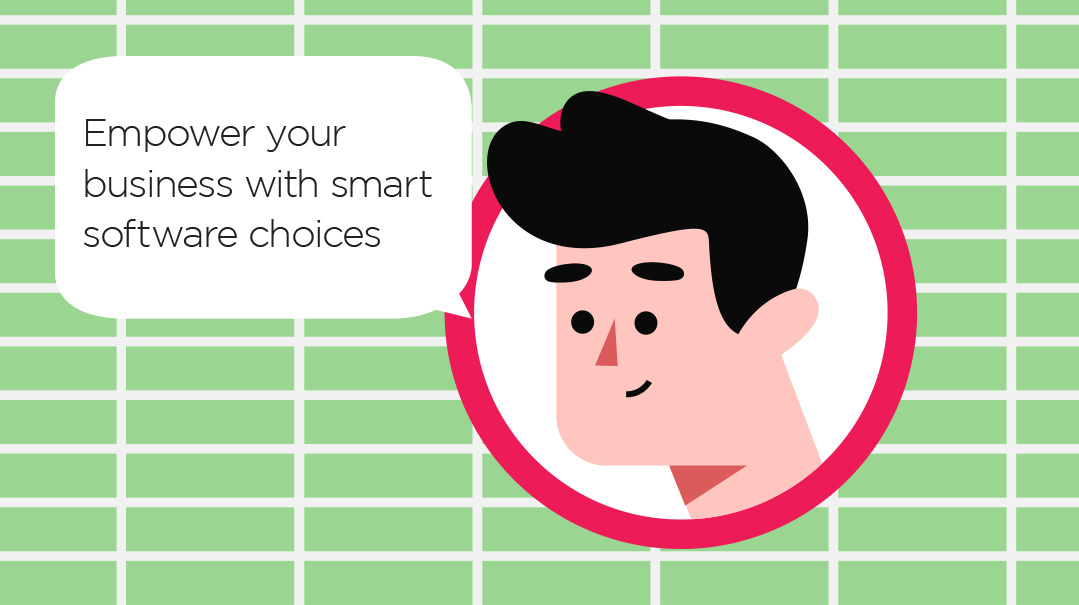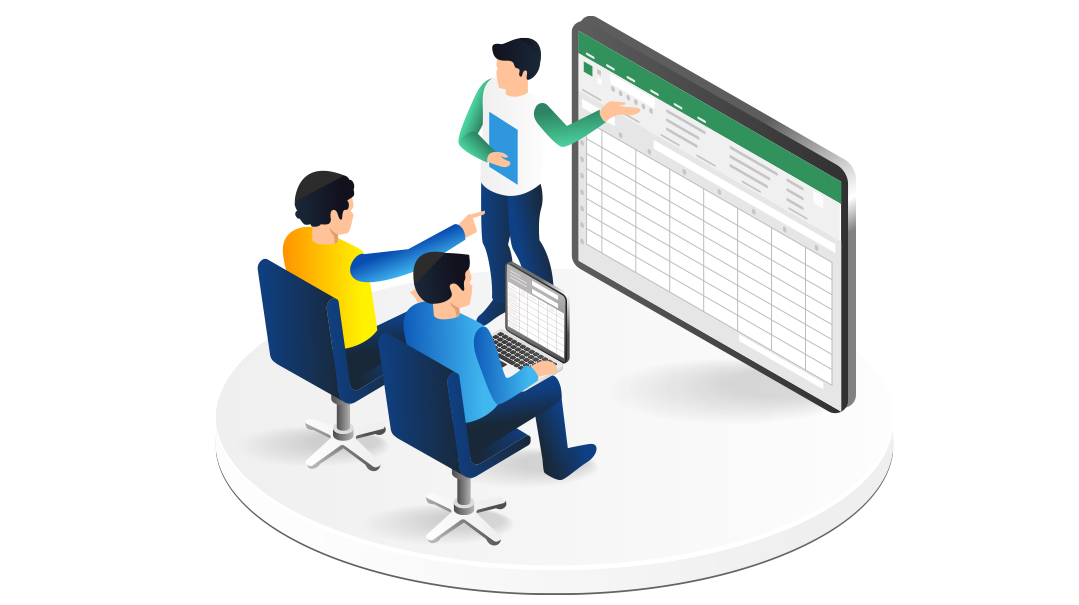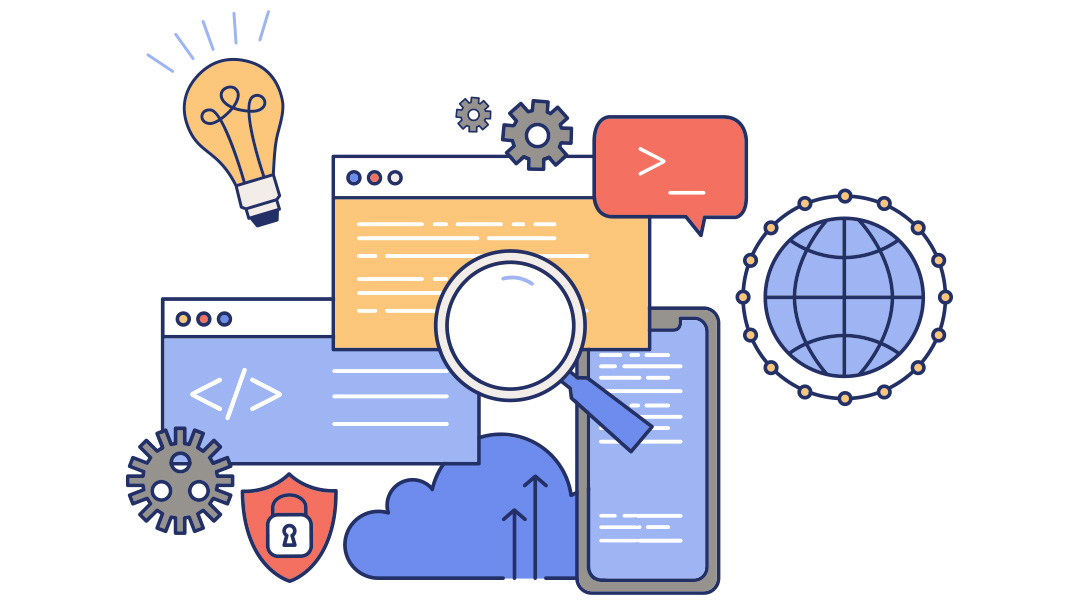Software Savvy: Part 5

Shaindel has a real problem, but it has a great solution

I went out for coffee the other day with my good friend Shaindel. We’ve been friends for years, but haven’t had a proper schmooze in a long time. Honestly, since Shaindel significantly scaled up her graphic design business, she’s practically disappeared. I was glad she’d finally carved out a few minutes to catch up.
I got to the café at five to ten and sat down at a table in the corner. Shaindel showed up a few minutes later. She slid into her chair, shrugged off her jacket, and sighed.
“I was really looking forward to taking the morning off, totally disconnecting from work, but we’re in the middle of a huge project that’s due soon, and let’s just say there’ve been a few botches along the way.” She looked so apologetic, I felt sorrier for her than for me. “I can’t ignore my phone now. If something crops up, I’m gonna have to take it. I hope that’s okay.”
I nodded and reassured her with a vague, “Yes, that’s the mythical work-life balance sometimes.”
We ordered, sipped coffees, picked at our salads, and chatted animatedly for a blissful while until her phone pinged. Shaindel looked down and frowned.
“Yikes,” she said. “Gimme a sec.”
I watched as she tapped frantically into her phone, her expression morphing from busy to stressed.
After a while she looked up, took a deep breath, and said, “Maybe you can help.”
I nodded for her to continue.
“We have a real issue. Our clients have their preferred communication methods. Some do WhatsApp, others email, and we like to accommodate. But things have been getting out of hand.”
I knew what she was going to say next, but kept quiet and let her continue.
“The client emailed us a few important points about the project, but somehow we missed the emails. They got annoyed that we weren’t responding, and WhatsApped both my personal number and the general company WhatsApp number. I answered them from my personal phone, and my secretary answered their WhatsApp to the company number. But our answers contradicted each other. It’s been such a mess.
Shaindel was rubbing her eyes now, then she looked at me, almost pleading.
“Is there any way to keep track of client communication?”
I smiled and took a long sip of coffee. Shaindel has a real problem, but it has a great solution.
The Multichannel Issue
Multichannel refers to any group of two or more methods a business uses to communicate with clients. Any business that uses more than one channel of communication is classified as multichannel. For example, if you use email and WhatsApp, that’s multichannel communication. A company that has an app and a website, two places where people can reach out to them, also falls into the multichannel category.
Although multichannel communication is very convenient and helpful for clients, if not handled properly, it can lead to kinks in the system, like messages that are overlooked or multiple people responding to one client.
“You’re not that special,” I told Shaindel with a wink. “Every business wants to accommodate their customers and clients, and every business gets stuck with the same problem.”
“So what are we supposed to do?” she asked.
Omnichannel
Omnichannel is when a company uses multiple forms of communication or commerce, but they’re all connected in backend feeding into one system. Meaning, your clients can communicate with you using their preferred form of communication, but you’ll see all of their messages in the same place.
“Really?” Shaindel said. “That sounds amazing. How does that work?”
Another smile and sip on my part.
“It’s pretty simple,” I reassured her. “There are platforms to keep your communication super organized.”
How Does It Work?
Omnichannel works with platforms (like MessageBird, Dixa, or RingCentral) that connect all forms of communication. So whenever anyone contacts the company, through any medium, the platform opens a “ticket” for that person. Any additional communication that person has with the company through any channel will show up on that same “ticket.”
When an employee wants to respond to the client, he opens that client’s ticket and sees all communication that the client has ever had with the company. The employee can see which other employees helped the client in the past and how the request was resolved.
Instead of tediously checking all channels of communication, omnichannel allows you to check only one platform.
“This sounds exactly like what we need!” Relief flooded Shaindel’s voice.
“Yup,” I confirmed. “It’s a real game changer. You’ll see — a platform like this will make you so much more efficient. It’ll be better for your team, and you’ll end up providing much better service.”
“Last question,” Shaindel said, and again I knew what it was. “How quickly can you set me up?”
(Originally featured in Mishpacha, Issue 957)
Oops! We could not locate your form.







